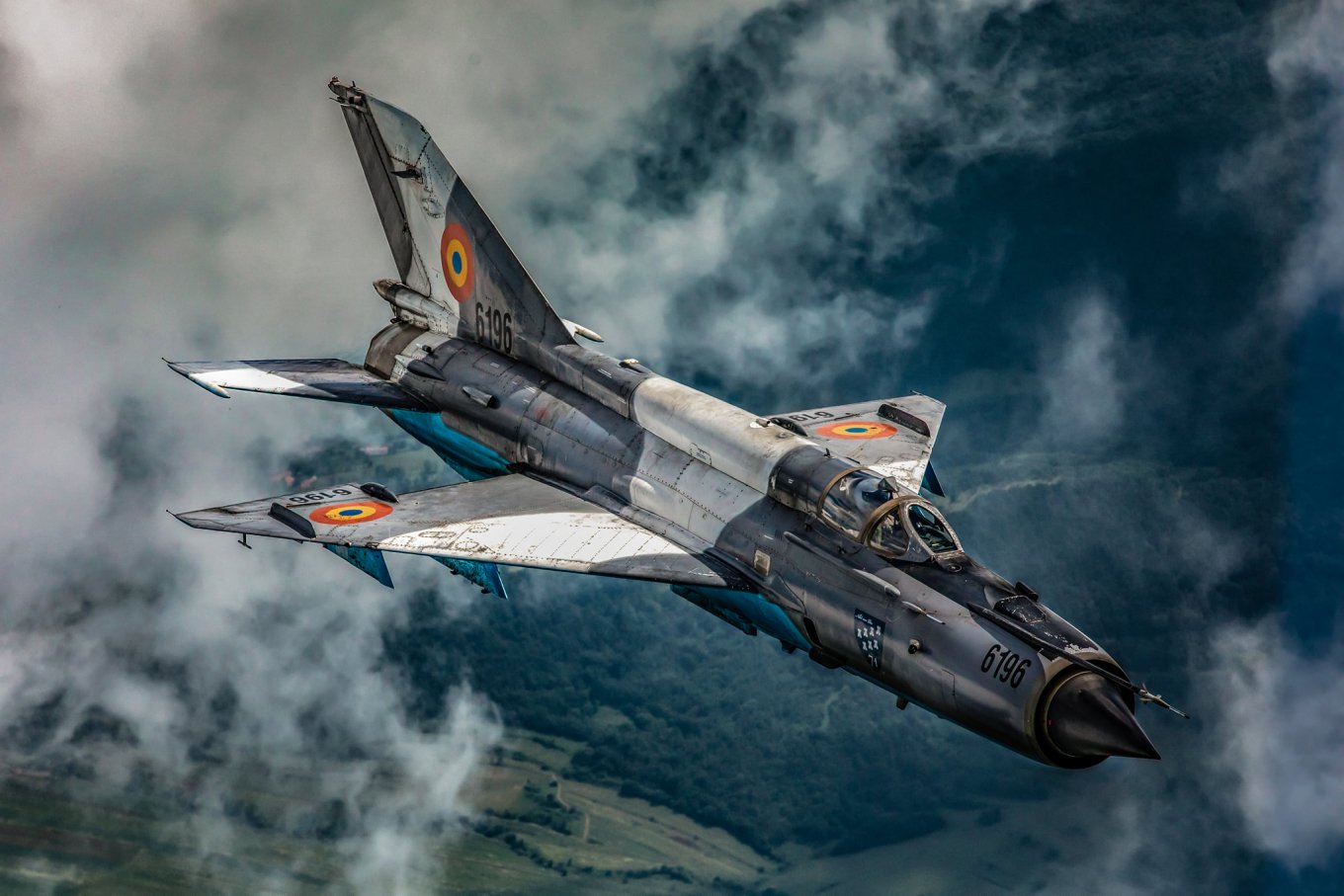According to the Ministry of Defense of Romania report that states russia’s Kalibr cruise missiles did not enter the airspace of the country, two MiG-21 fighters still were sent to ensure their security.
"At 10:38, two MiG-21 LanceR aircraft of the Romanian Air Force from NATO Air Policing, which at that time were performing a training flight, were redirected to the northern region of Romania for a possible appropriate response," the statement said.
Read more: The Shahed-131 Has a Cumulative Warhead, Which Is Why It Has So Massive Consequences

At first glance, this fully demonstrates that the real issue of the defense of some NATO countries against a missile attack remains quite debatable. Because in April 2022, the Romanian Air Force wanted to abandon using of these outdated aircraft due to a high accident rate. In particular, this decision was made after the plane crash on March 2 last year. But in May, given the lack of F-16s, Bucharest extended their operation for one year.
But it should be noted that the Romanian MiG-21 underwent global modernization with the participation of the Israeli companies Elbit and IAI. It covered global changes in onboard electronic equipment, including the replacement of the outdated radar with the EL/M-2032 that is capable of detecting targets at ranges, according to various sources, from 75 to 150 km (the modern version of the radar provides up to 200 km), and can distinguish targets against the background of the ground.

Modern missiles were also added to the aircraft's arsenal, including the Israeli Python 3 and the French Magic 2 with a target destruction range of 15 and 20 km. That is, to defeat such an air target as a cruise missile, the capabilities of the MiG-21 LanceR are quite enough.
Overall, if we take into account the fact that the MiG-21 are sent to intercept a possible threat, it still fully demonstrates the real situation with the air forces in Romania.

It is also worth noting the mechanism that Bucharest is currently using to upgrade its air force as quickly as possible and increase the number of F-16s, which it currently has only 16 units. In particular, Romania was able to "pick up" used F-16s from Norway at a more than attractive price: 388 million euros for 32 units, which is 12 million per plane. However, for this they needed to bargain for a whole year, and there are quite significant costs ahead for the restoration and modernization of aircraft.
Read more: The Netherlands Got a Request for F-16 Fighters from Ukraine














